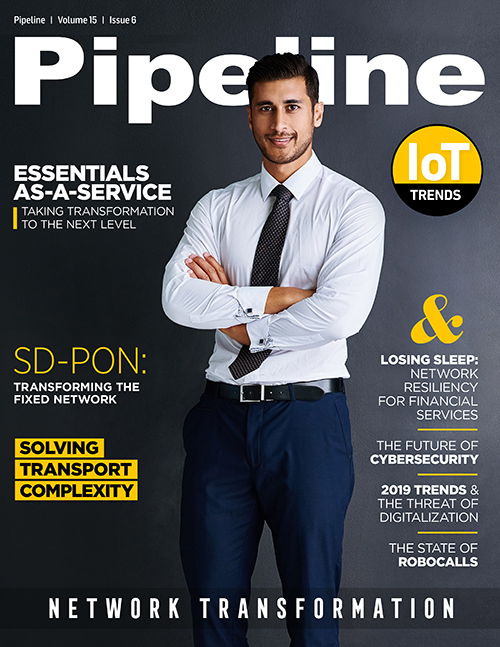A Holistic Approach to the Future of Cybersecurity
The Future of Cybersecurity in An Increasingly Connected World
While layered physical security protocols ultimately form the backbone of strong security programs, it should be noted that modern technological applications like machine learning and AI do have their place in protecting an enterprise from cyber attacks. Offered by myriad key players in the information security sector, machine learning essentially trains algorithms to identify a baseline for a system and flag unusual activity for human review and intervention. From our perspective, however, if companies can build machine learning systems to block attacks, so too can cyber criminals in order to probe and test suspected vulnerabilities. As a result, machine learning remains best conceptualized as a tool, and not a cure, for enterprises that need to strengthen their cyber security strategies.
More importantly, however, the entire landscape for data protection is beginning to change as the adoption of Internet of Things (IoT) compatible devices continues to skyrocket in the US and across the world. According to Cisco, by 2020, over 50 percent of the world’s 28.5 billion devices will be machine-to-machine (M2M) connections for IoT applications. Most interestingly, 14.6 billion of these connections will be for devices like smart speakers, fixtures and other devices common to our homes and offices. As data processing and storage for these IoT-connected devices moves closer to the edge, cyber security will become more challenging for two reasons. First, most IoT devices lack traditional IT hardware protocols and are not set up to receive regular updates and patches like conventional computing programs. Second, today’s devices encompass such a diverse set of use cases that it becomes difficult to track potential threats.
Think about it: we are now seeing an influx into the marketplace of IoT-compatible devices that can automate our homes, offices and vehicles, as well as monitor and advise on our personal health statistics. All the data they generate is being increasingly stored in edge servers that reside outside the secure walls of traditional data centers and public cloud server farms. Additionally, these edge servers are often managed at a distance, without much attention paid to vital physical security practices. As Network Computing recently noted, “ensuring edge computing security is much more challenging than providing cloud security due to the fact that edge computing involves distributed data processing.” When coupled with the typical, pervasive cybersecurity gaps we encounter regularly, this can pose an even greater risk to the integrity of an enterprise’s data.
So, what does all this mean for enterprises as we move into 2019 and beyond? Basically, it means that taking a holistic approach to cybersecurity is more important now than ever. No enterprise can ever fully be protected from a potential attack; the trick is to work to minimize the risk of an attack occurring as much as possible and to have a business continuity plan in case it does happen. Train your staff on best cybersecurity practices and communicate regularly with them about new threats and how to respond. Most importantly, think about partnering with cyber security consultants and third-party data center providers with a proven track record of employing multi-layered, stringent cybersecurity protocols and being compliant with global standards like ISO27001 and others. Taking a holistic approach to your security strategy is the best way to protect your valuable enterprise data.



















